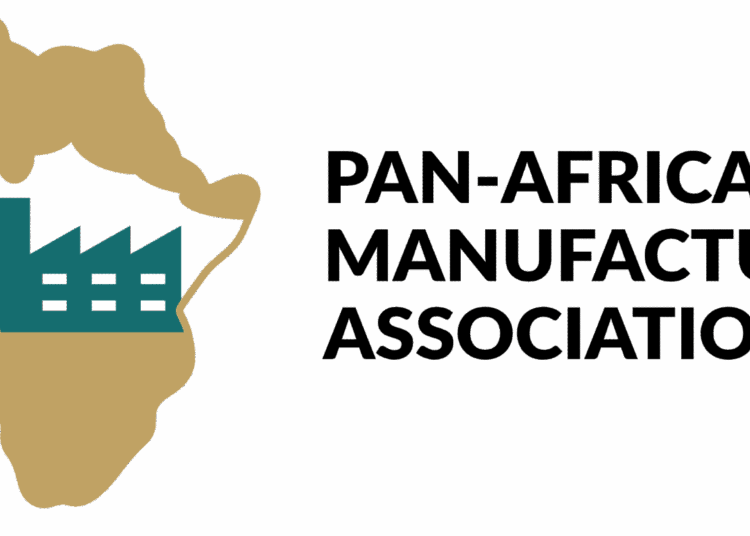The Pan-African Manufacturers Association (PAMA) has stated that Africa’s manufacturing sector is facing a significant challenge due to poor access to stable electricity, with frequent power outages and high energy costs eroding competitiveness and hindering growth.
The African Development Bank estimated that power outages cost the continent’s economies billions of dollars annually, with Nigeria being the worst affected. The situation called for urgent policy and investment initiatives to transform Africa’s energy-industrial nexus and unlock the continent’s manufacturing potential.
The Association, in its October 2025 bulletin titled, ‘Manufacturing Imperatives: Energy, Policy & Investment’ exclussively obtained by LEADERSHIP Sunday said, “One of the major infrastructural deficits bedevilling the growth of Africa’s manufacturing sector over the years has been the poor access to stable electricity for industrial use. Electricity is the lifeblood of modern economies. It fuels industries, powers businesses, and transforms lives.”
It noted that “yet, across much of Africa, keeping the lights on remains a daily struggle. Factories shut down mid-production, businesses depend on diesel generators, and grapple with rising energy costs that erode competitiveness.
“In the face of this, Africa’s manufacturing sector, a vital driver of structural transformation and inclusive growth, continues to be constrained by chronic energy shortfalls. The result is stunted productivity, lost investment opportunities, and a manufacturing base that struggles to reach its full potential.”
The African Development Bank (AfDB) estimated that an average of 56 days of power outages annually, one of the highest rates globally. This chronic deficit not only undermines industrial output but also weakens economic resilience.
PAMA insisted that “manufacturing has been one of the hardest-hit sectors from energy scarcity across the continent, forcing factories to either operate below capacity or rely heavily on expensive self-generation, often through diesel or petrol-powered generators, which significantly drive up production costs.”
The Association noted that “according to the World Bank’s Energy Progress Report 2025, Nigeria tops the list as the African country with the worst power outages in 2025. The national grid collapse has become so frequent in the last two years, with September 2025 being the most recent, marking yet another failure in a long history of instability.”
Manufacturers Association of Nigeria (MAN) indicated that “manufacturers in Nigeria spent N1.11 trillion on alternative energy sources in 2024, indicating a 42.3 per cent rise from the N781.68 billion recorded in 2023. The primary issues include outdated infrastructure, vandalism, poor maintenance, and a lack of investment in generation capacity. Until significant reforms are made, Nigeria’s power crisis will continue to hinder economic and business growth in Nigeria.”
PAMA added that “backup generation, often the main alternative to grid electricity, remains prohibitively expensive for African industries. According to a World Bank study, factories across the continent spend around $0.47 per kWh on self-generated power, nearly three times higher than the grid tariff in countries like Nigeria and Uganda.
“Unsurprisingly, 70 to 80 per cent of firms in nations such as Nigeria and Ghana rely on diesel generators. In Ghana, where firms lose an average of 15 to 16 per cent of annual sales to power outages, more than half operate their own generators. These high backup costs reduce profit margins and push up product prices.
“In effect, unreliable electricity functions as a hidden tax on African manufacturing. Even brief blackouts have large cumulative effects; for instance, the Kenya Association of Manufacturers estimated in 2023 that grid failures cost the economy about $2 million daily in lost output. Regionally, such inefficiencies erode GDP.”
PAMA pointed out that “African leaders must be intentional about accelerating the continent’s renewables, expanding grids and off-grid solutions, and aligning energy markets with industrial goals to unlock Africa’s manufacturing potential. The continent must double down on integrated energy-industrial strategies by scaling up reliable power is the single most important step to ensure Africa’s factories and workers can compete and thrive.”





